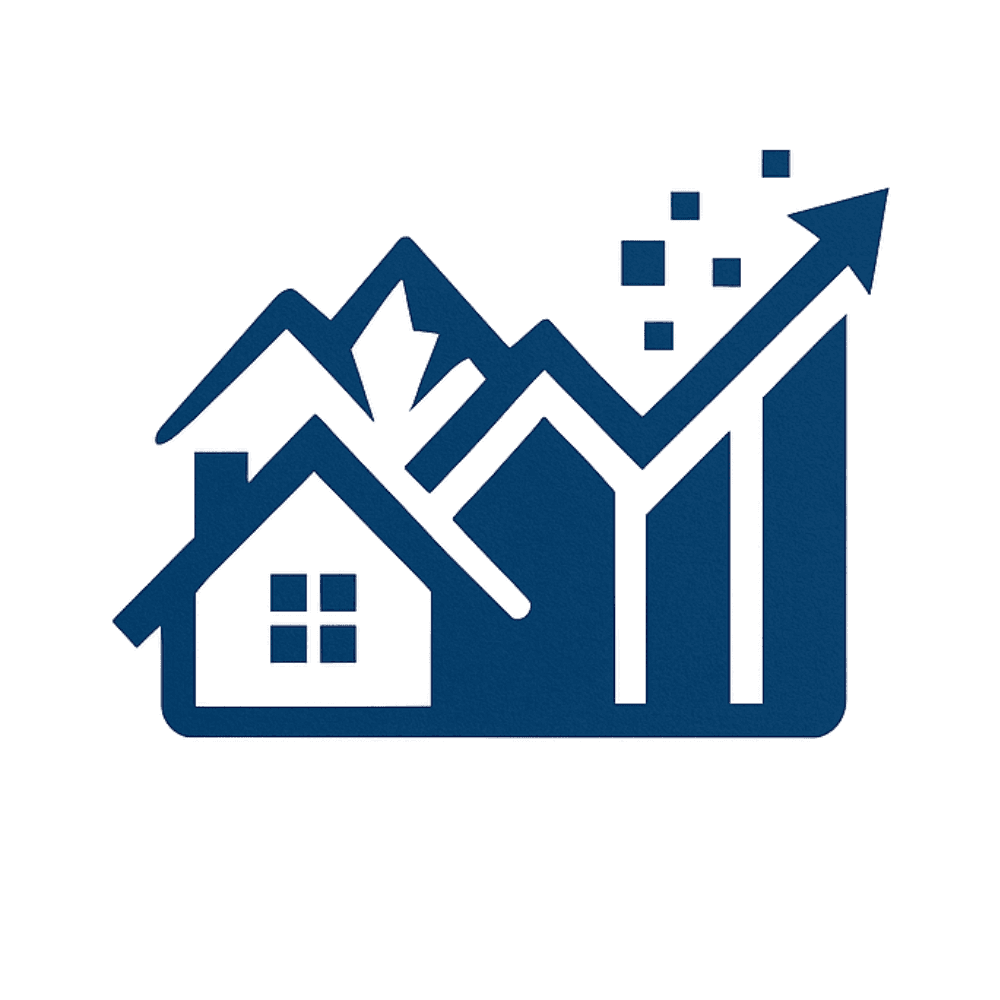Everyone Talks About Photos… But No One Tells You This About Pricing
🟦 The Invisible Problem
You’ve probably been told that photos and reviews are the key to more bookings. And while they matter… most hosts overlook the one thing that quietly empties their calendars: pricing strategy.
If your Airbnb isn't getting booked as often as you'd like, it's probably not because of your sofa color — it’s because you’re not pricing with purpose.
Let’s talk about how the right timing in your pricing can fix that — without changing a single photo.
⚠️ The 3 Pricing Mistakes That Are Killing Your Bookings
- Flat pricing all year long: Charging the same rate in March as in July? Huge mistake.
- Weekend and weekday rates that don’t match guest behavior: Most hosts overprice slow weekdays or underprice popular weekends.
- You’re not adjusting based on when people book (booking lead time): And this one is costing you the most — without you realizing it.

📊 Pricing Smarter: Use Booking Lead Time — But Only After This
Before you even think about discounts or dynamic strategies, ask yourself:
Are your photos, title, and description doing the heavy lifting?
This is your first priority. If they don’t instantly sell the stay — no pricing strategy can save a listing that doesn’t look valuable.
📉 When Pricing Kicks In (And How to Use Booking Lead Time)
Once your listing is visually optimized and communicates clearly who it's for — then you can use your booking lead time to guide your discounts.
Your booking lead time is the average number of days in advance that guests book your place. Airbnb shows you this in your performance dashboard.
Example:
If your lead time is 30 days, and you're not at least 50% booked for the next 30 days — your price might be too high.
Use this as your last strategy to avoid empty nights:
| Days Until Check-in | Suggested Discount |
| 30–21 days out | -10% |
| 20–14 days out | -20% |
| 13–7 days out | -30% |
| 6–3 days out | -40% |
| 2 days or less | -50% |
💡 The closer the date, the more aggressive you need to be. Empty nights = $0.

🧪 Still No Bookings? Time to Adjust Your Base Price
If even after applying this strategy you’re not getting bookings:
- Lower your Base Price by 10%
- Wait 7 days
- Monitor changes in views and bookings
If you’re getting too many bookings too quickly (i.e., you booked the whole month in 2–3 days), then your price is likely too low.
In that case:
- Increase your Base Price by 10%
- Reassess performance after another week
This is not a “set and forget” strategy.
I recommend reviewing your pricing once a week to stay aligned with guest behavior and market shifts.

🎯 Final Tip: Match Price to Perceived Value
Even with discounts, if your photos, description, or reviews don’t match the price, guests will keep scrolling.
So yes — optimize your visuals, but back it up with pricing that makes sense based on timing and guest behavior.
🚀 Want to Stop Guessing and Start Filling Your Calendar?
At W.A.R. Strategy Consulting, we help hosts use data like booking lead time to increase revenue — without lowering your standards.
We create real pricing strategies that work in your market, with your listing.
📅 Book your free 45-minute pricing review here — and let’s make your calendar work for you.

